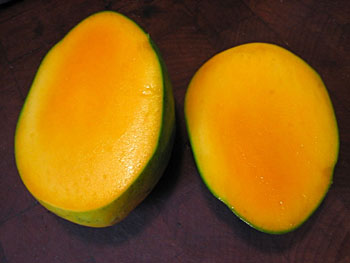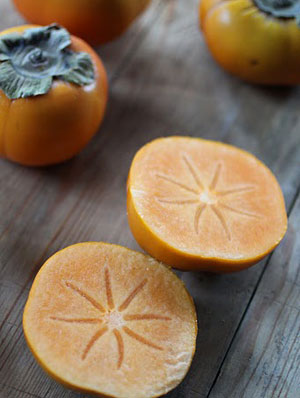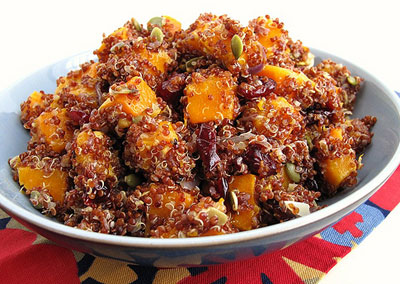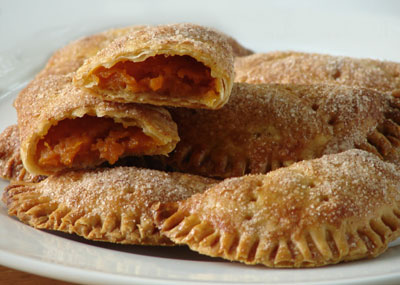|
Last year in the steamy Fairchild Tropical Botanic Garden of South Florida I tasted about 15 different types of mangoes. I discovered that some are sweet, while others are tangy and refreshing. Some have subtle floral aromas, others have hints of citrus, spice, even nuts as well as tropical fruit. The world of mangoes is luscious and delicious to explore and I was one enthusiastic taster! While most mangoes in the US are grown in Florida, there are some grown in California like the organically grown Keitt. It's in season and in stores until the end of October and you don't want to miss it. The Keitt is one of my favorite mangoes, it's green on the outside and very large with a particularly thin seed. While more expensive than some mangoes, I think they are still a good value because they yield a ton of fruit. I recently had one that was almost 2 pounds and yielded several cups of diced fruit, 2 or 3 times as much fruit as a typical mango. The delectable Keitt has no fiber, a buttery juicy texture, vanilla aroma and a delicate peachy flavor. If there was ever a melt-in-your-mouth mango, the Keitt is it. One serving provides over 75% of your daily requirement of Vitamin C and 25% of Vitamin A. Pick Keitt mangoes that are still a bit firm with no soft spots. The fruit is delicious on it's own, but even better on top of pancakes, crepes, in fruit salad or salsa. |


 Prominent throughout the Deep South and up through Virginia to Connecticut and back down towards Florida and west to Kansas and Texas, the common Persimmon, Diospyros virginiana, makes for a Farmer’s favorite with its growth habit, bark, leaf shape, and fruit color…that fabulous color holding the rank somewhere between terra cotta, salmon, apricot, and orange.
Prominent throughout the Deep South and up through Virginia to Connecticut and back down towards Florida and west to Kansas and Texas, the common Persimmon, Diospyros virginiana, makes for a Farmer’s favorite with its growth habit, bark, leaf shape, and fruit color…that fabulous color holding the rank somewhere between terra cotta, salmon, apricot, and orange. I first heard of quinoa many years ago from a friend who was diagnosed with wheat sensitivity. Quinoa, which is the seed of a flowering plant, is related to spinach and beets. It is not a grain, but is treated like one in recipes. It is suitable for those who suffer from celiac disease and maintain a gluten-free diet. The pseudocereal, as it is officially termed, originates from the Andean region of South America. It was considered sacred in Incan society, second in importance to the potato, and followed by corn. The Spanish conquistadors disliked quinoa, suppressed its production, and it never gained popularity outside of South America.
I first heard of quinoa many years ago from a friend who was diagnosed with wheat sensitivity. Quinoa, which is the seed of a flowering plant, is related to spinach and beets. It is not a grain, but is treated like one in recipes. It is suitable for those who suffer from celiac disease and maintain a gluten-free diet. The pseudocereal, as it is officially termed, originates from the Andean region of South America. It was considered sacred in Incan society, second in importance to the potato, and followed by corn. The Spanish conquistadors disliked quinoa, suppressed its production, and it never gained popularity outside of South America. Move over apple turnovers. Here comes pumpkin.
Move over apple turnovers. Here comes pumpkin. Parsnips. Parsnips parsnips parsnips.
Parsnips. Parsnips parsnips parsnips.
